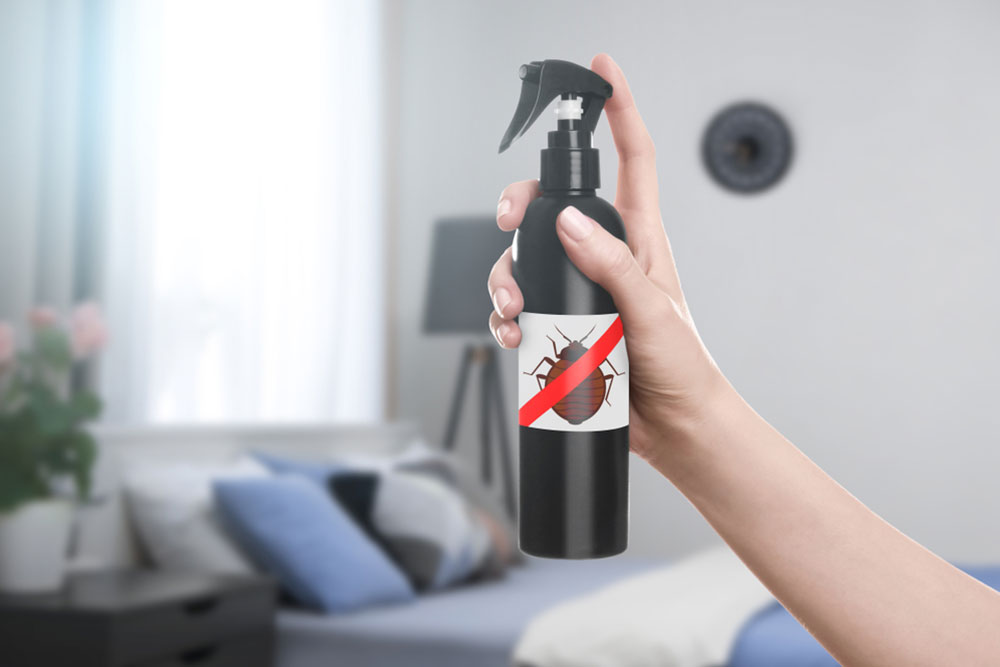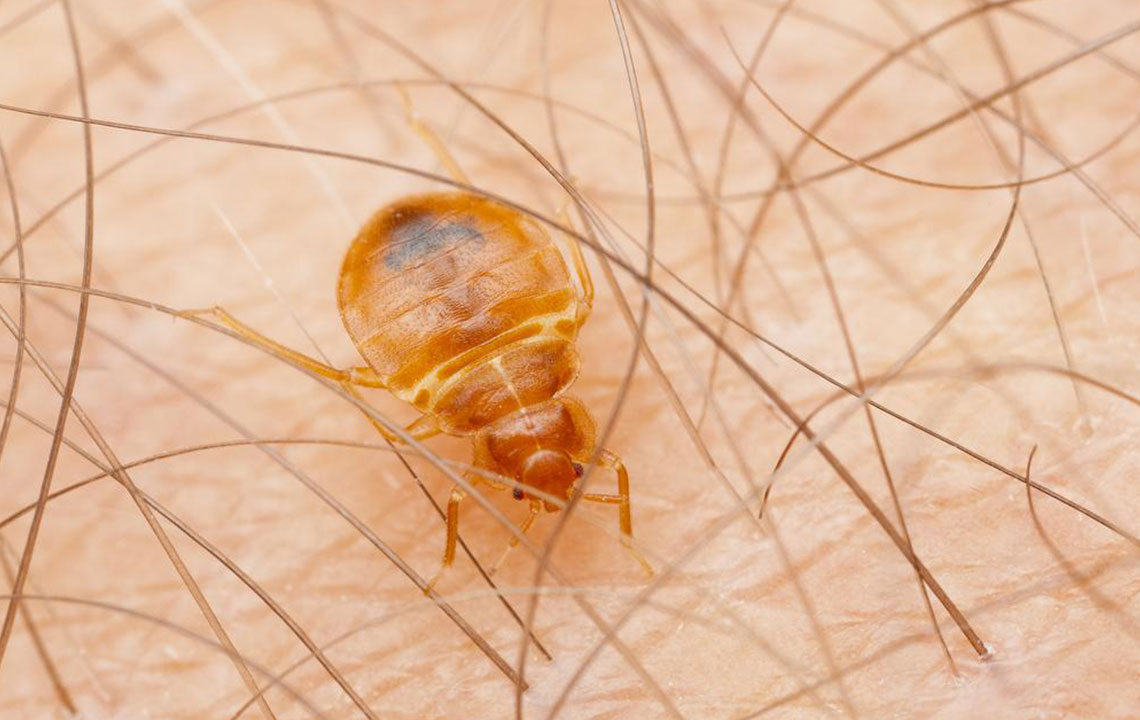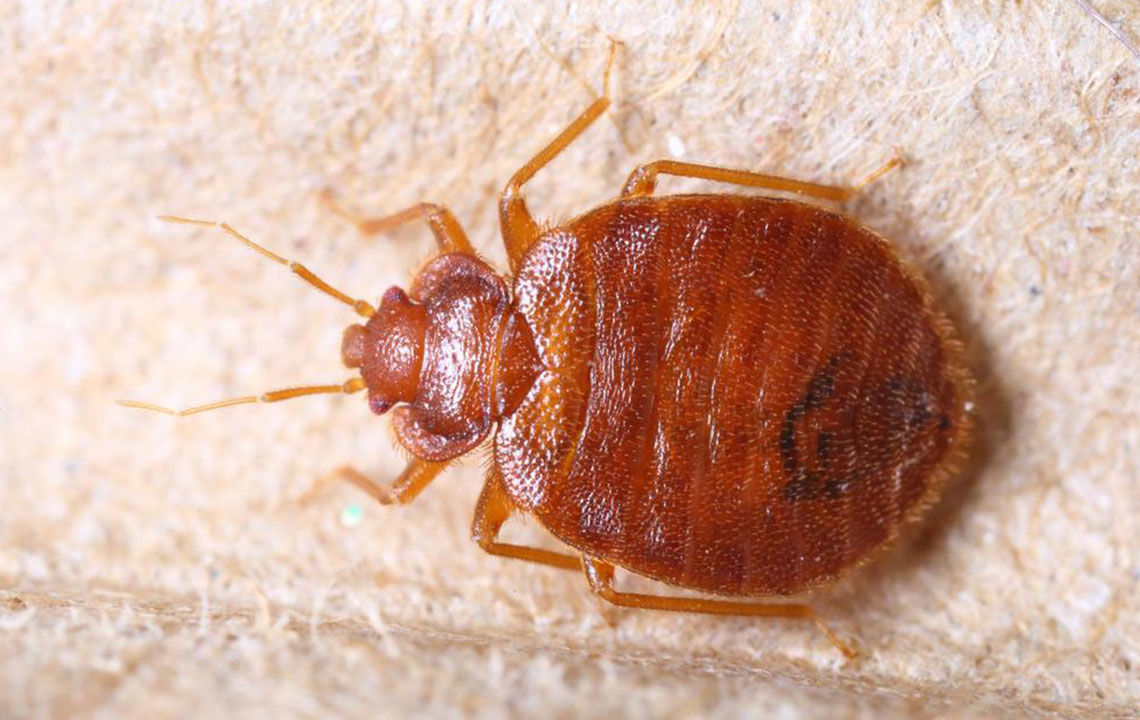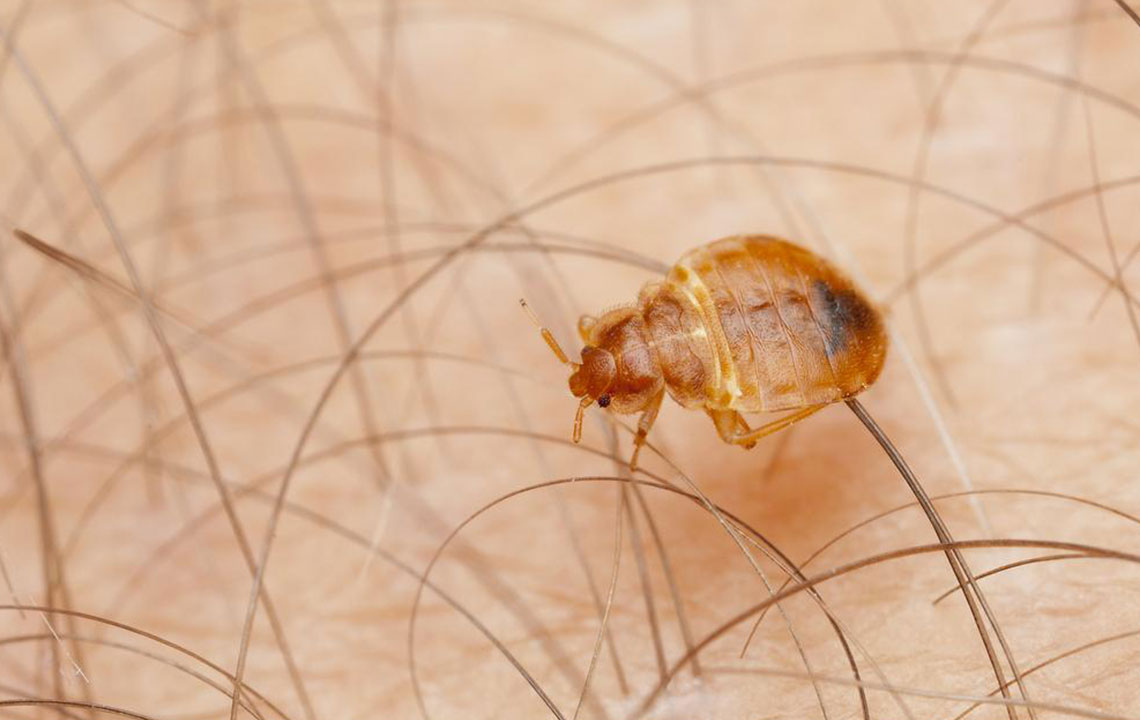Identifying Tips for Detecting Bed Bugs
Learn to recognize the key indicators of a bed bug infestation, including visual signs like shells and fecal stains, and behavioral clues such as bite patterns. Early detection is crucial for effective elimination and safeguarding your home from these nocturnal pests. This guide highlights identifying features and helps you determine if your household is affected, enabling prompt action and professional pest control intervention.
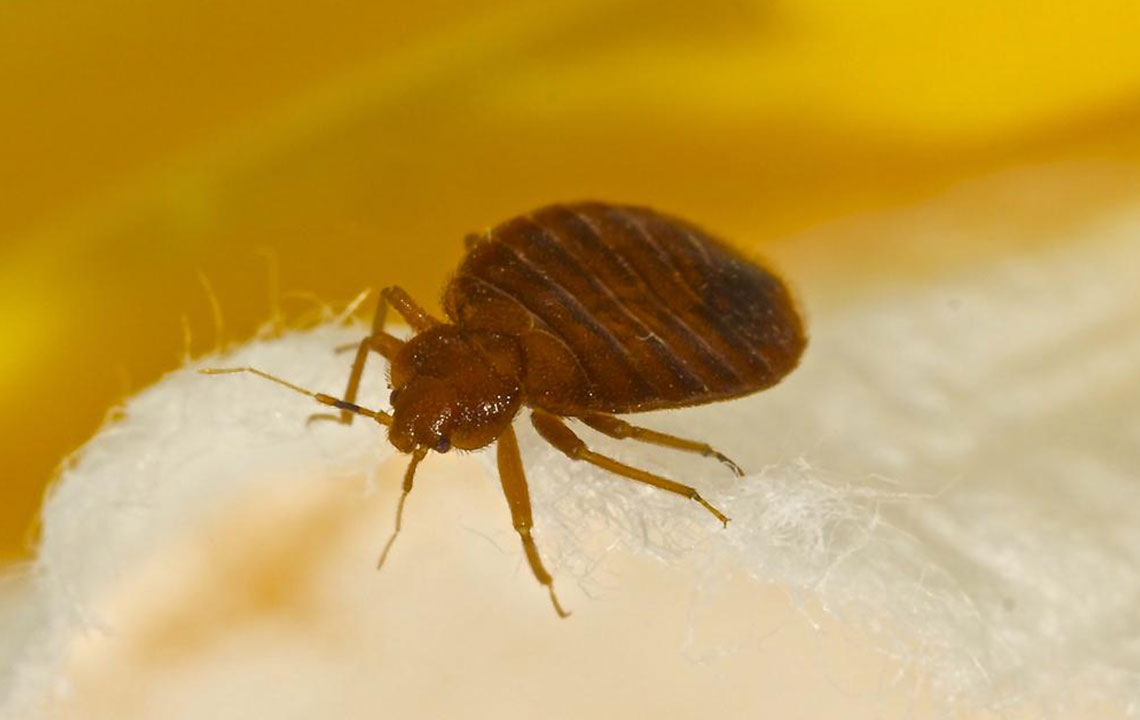
Signs That Indicate a Bed Bug Infestation
Bed bugs are small, flat insects shaped like an almond and are primarily active at night. They feed on human blood and commonly hide in furniture such as beds, sofas, and upholstered chairs.
If the problem is widespread, signs might be visible in closets, behind wall fixtures, lamps, screw holes, and other household crevices.
Since bed bugs come out mainly after dark, spotting them during the day can be challenging. Their diminutive size allows them to blend seamlessly into their surroundings, avoiding detection.
Adult bed bugs measure 1 to 7mm, while eggs and nymphs are significantly smaller, often mistaken for dirt particles, and tend to hide in mattress seams or in cracks around the home.
Eggs and nymphs are tiny and easily hidden, often coated with a shiny, sticky substance that helps them cling to surfaces such as mattresses, making removal difficult. Bed bugs go through six developmental stages, each requiring at least one feeding before advancing, meaning they don’t need daily blood meals.
Biological signs of infestation include shed exoskeletons (shells) of molting bugs, which are translucent and found within their hiding spots. Fecal stains from bed bugs are small, dark spots on bedding or furniture, resulting from digested blood, often seen as tiny black dots that seep through fabric.
Blood stains may appear on sheets or pajamas when bed bugs are crushed or after feeding. Small dark spots, nymphs, shed shells, and eggs grouped along mattress seams are additional indicators.
While bites are common signs, they are not always reliable alone, as they resemble mosquito bites and may appear days after a bite event, causing itching and redness. Multiple signs together strengthen the likelihood of an infestation.
Note:
Our blog offers practical insights across various topics. Always consider multiple signs for confirmation and seek professional help for effective treatment. The information provided is for general knowledge and not a substitute for expert advice.


